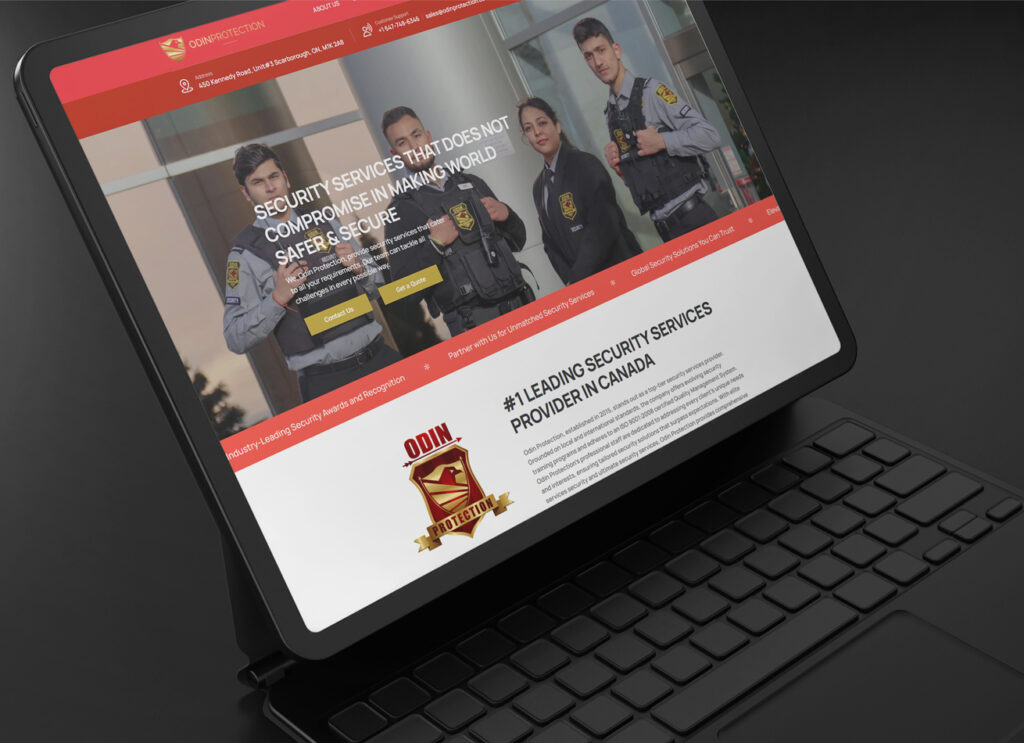Tips to Revamp Your WordPress Site for Improved Performance
Is your WordPress site running slower than you would like? A slow loading website not only frustrates your visitors but can also negatively impact your search engine rankings. Fortunately, there are several steps you can take to revamp your WordPress site and improve its performance. In this article, we will explore ten tips that will help optimize your site for faster loading times and an enhanced user experience.
1. Identifying Performance Issues
Before diving into the optimization process, it is essential to identify the performance issues that are affecting your WordPress site. Here are a few tools and techniques to help you diagnose the problem areas:
-
Website Speed Testing Tools: Utilize online speed testing tools such as GTmetrix or Google PageSpeed Insights to analyze your site’s performance. These tools provide detailed reports, highlighting the areas that require improvement.
-
WordPress Plugin Audit: Review the plugins installed on your WordPress site. Remove any unnecessary or outdated plugins that can slow down your website’s performance.
2. Optimizing Theme and Plugins
A well-optimized theme and plugins are vital for a fast-loading WordPress site. Consider these optimization techniques:
-
Choose a Lightweight Theme: Select a lightweight and well-coded theme that focuses on performance. Avoid themes overloaded with unnecessary features that can bog down your site’s speed.
-
Update Themes and Plugins: Keep your themes and plugins up to date to ensure compatibility and performance improvements. Outdated versions can contain security vulnerabilities and performance issues.
-
Minimize Plugin Usage: Limit the number of plugins installed on your site. Each plugin adds an additional load to your website, so only use essential plugins and deactivate or remove any unnecessary ones.
3. Optimizing Images and Media
Large image files and media can significantly affect your site’s loading time. Follow these tips to optimize images and media for improved performance:
-
Compress Images: Resize and compress your images without compromising their quality. Use image optimization plugins like Smush or Imagify to automatically compress images on upload.
-
Lazy Loading: Implement lazy loading to defer the loading of images and media until they are visible in the viewport. This technique speeds up initial page load times significantly.
-
Video and Media Hosting: Offload the hosting of large videos and media files to external platforms like YouTube or Vimeo. Embedding these resources will reduce the strain on your server and improve loading times.
4. Implementing Caching and Compression
Caching and compression techniques can drastically improve your site’s speed and performance. Consider implementing the following:
-
Enable Browser Caching: Leverage browser caching by adding caching headers to your server configuration. This allows visitors to store static files locally, reducing the need to download them on subsequent visits.
-
Gzip Compression: Enable Gzip compression on your server to compress files before they are delivered to visitors. Compressed files are smaller in size, resulting in faster loading times.
5. Streamlining Code and Database
Optimizing your WordPress site’s code and database can have a significant impact on performance. Here are some steps you can take:
-
Optimize Database Tables: Use a plugin like WP-Optimize or WP Rocket to clean up and optimize your WordPress database. This removes unnecessary data and improves database performance.
-
Minify CSS and JavaScript Files: Minify your CSS and JavaScript files to remove unnecessary whitespace, comments, and formatting. This reduces file sizes and improves loading times.
-
Remove Unused Code: Regularly review your theme’s code and remove any unused or redundant code snippets. This declutters your site’s codebase and improves performance.
-
Reduce External HTTP Requests: Minimize the number of external HTTP requests your site makes. Combining CSS and JavaScript files and utilizing inline code where possible can reduce the number of requests made.
By implementing these ten tips, you can revamp your WordPress site and significantly improve its performance. A fast-loading website leads to better user engagement, improved search engine rankings, and an overall enhanced user experience. Take the time to optimize your site, and you’ll reap the benefits in the long run.
Explore our outstanding design, development, branding, and presentation services at The Ant Firm. Based in Toronto, Canada, we’re here to elevate your digital presence! ????


